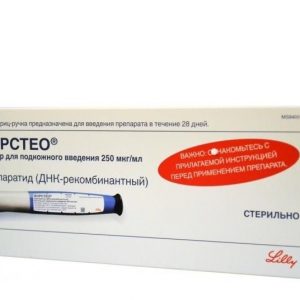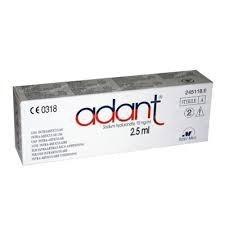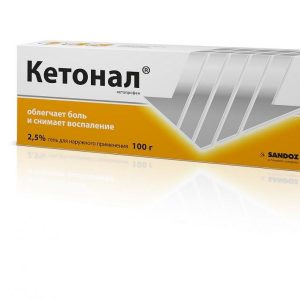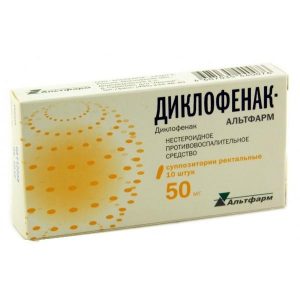Description
Release form
Ointment for external use
Indications
Joint syndrome (rheumatoid arthritis, osteoarthritis, ankylosing spondylitis, gout), pain in the spine, neuralgia, myalgia, traumatic inflammation of soft tissues and joints.
Contraindications
– Individual hypersensitivity to indomethacin, aspirin or other NSAIDs (history of bronchospasm, urticaria or rhinitis, caused by the intake of acetylsalicylic acid or other NSAIDs)
– peptic ulcer of the stomach and / or intestines in the acute phase
– pregnancy and lactation
– children’s age (up to 14 years).
– hematopoiesis disorders
– severe hepatic and / or renal impairment
– severe forms of chronic heart failure, arterial hypertension, pancreatitis
Special instructions
Use with caution in elderly patients, as well as in diseases of the liver, kidneys, gastrointestinal tract in the anamnesis, with dyspeptic symptoms at the time of use, arterial hypertension, heart failure, immediately after serious surgery, with parkinsonism, epilepsy.
For indications of a history of allergic reactions, NSAIDs are used only in urgent cases.
During the treatment period, systematic monitoring of liver and kidney function and the picture of peripheral blood is necessary.
Concomitant use with acetylsalicylic acid and other NSAIDs is not recommended.
Indomethacin should not be used concurrently with diflunisal.
With the simultaneous use of indomethacin with lithium preparations, the possibility of symptoms of the toxic effects of lithium should be borne in mind.
Influence on the ability to drive vehicles and operate machinery
During treatment, one should refrain from potentially dangerous activities, associated with the need for concentration and increased speed of psychomotor reactions.
Composition
100 g of ointment contain indomethacin 10 g of
Dosage and administration
Ointment is rubbed with a thin layer into the skin of painful parts of the body 2-3 times a day. The total amount per day should not exceed 15 cm of ointment for adults and 7.5 cm for children over 14 years of age.
Side effects
Itching, redness, rash at the site of application.
Drug Interactions
With the simultaneous use of indomethacin, it can reduce the effects of saluretics, beta-blockers and enhance the effects of indirect anticoagulants.
With the simultaneous use of indomethacin and diflunisal, there is a risk of severe bleeding from the gastrointestinal tract.
With simultaneous use with probenecid, an increase in the plasma concentration of indomethacin is possible.
Indomethacin may decrease tubular secretion of methotrexate, resulting in increased toxicity.
When used concomitantly with NSAIDs, the toxicity of cyclosporine increases.
Indomethacin at a dose of 50 mg 3 times / day increases the concentration of lithium in the blood plasma and reduces the clearance of lithium from the body in patients with mental illness.
With the simultaneous use of indomethacin with digoxin, an increase in the concentration of digoxin in the blood plasma and an increase in the half-life of digoxin are possible.
Overdose
Symptoms: nausea, vomiting, severe headache, dizziness, memory impairment, disorientation. In severe cases of paresthesia, numbness of the extremities, convulsions.
Treatment: symptomatic therapy. Hemodialysis is ineffective.
Storage Conditions
In a dry, dark place at temperatures below 25 ° C.
Shelf life
See packaging.
Terms and conditions
without prescription
dosage form
ointment
Possible product names
Indian onion balsam d / body tube 75ml Russia
PRAGNAKE N30 CAPS
PRAGNAKE N30 + 30 CAPS / PROMO /
Capsules name tag N30 sfpfrd 18pfrd srf18 pffrd 30pfrd srf1 pffrd 30pfrd srf1 pffrd 30pfrd srfcpfrd 30pfrd sfl 10pfrd sfl pffrd 30pfrd sfl 10pfrd sfl 10fc % 30,0 OINTMENT
Indomethacin ointment 10%, 30 g
Indomethacin ointment d / ex approx. 10% 30g tube al ind unitary enterprise
INDOMETACIN-BIOSYNTHESIS OINTMENT 10% 30g
Russia, Russia, Russia biosynthesis




